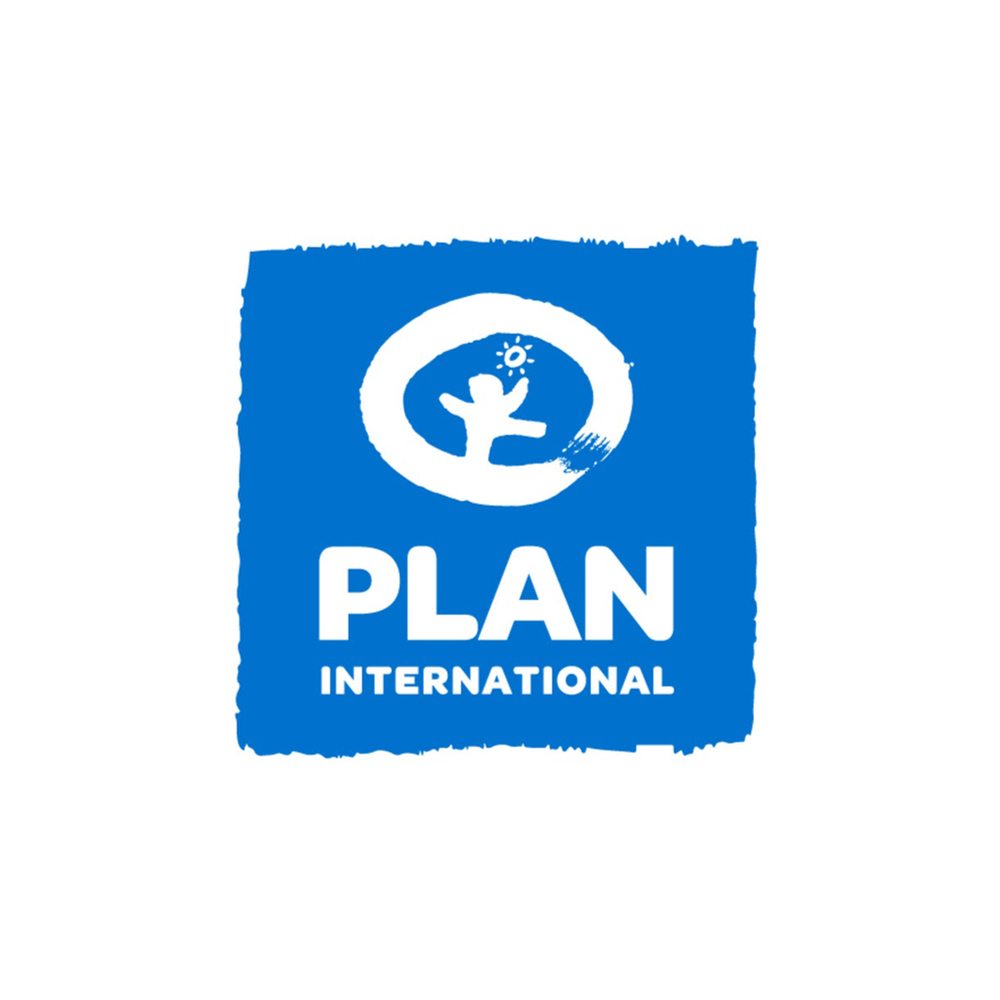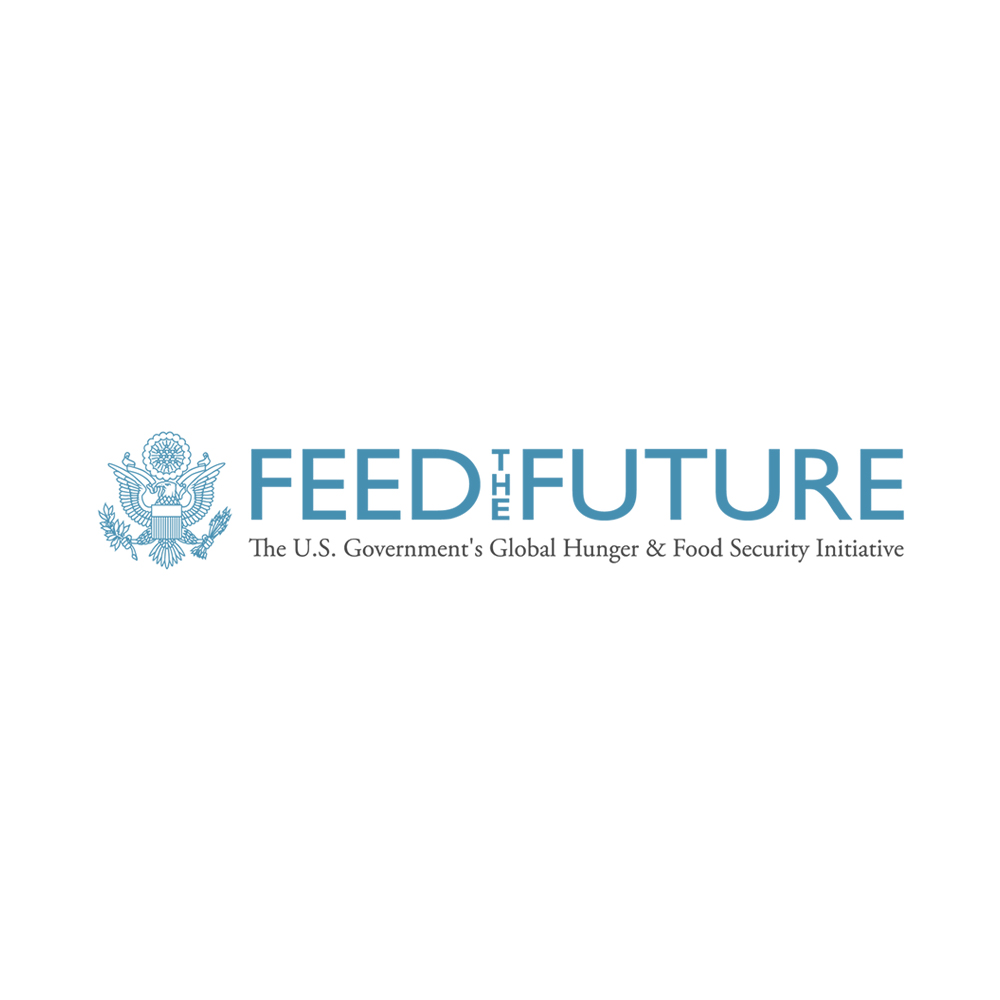Community Participatory Analysis in Naviruli, Zambia
Understanding a Community & Its Challenges, From the People Most Impacted
The Challenge
There’s an estimated 1.6 million smallholder farmers (growing on less than 5 hectares of land) in Zambia. Their livelihood is incredibly challenging for reasons that are complex, interconnected, and often out of their control.
A traditional land tenure system means lands apportioned by traditional leaders in Zambia typically are not titled. This leads to frequent land disputes giving little incentive for farmers to choose farming practices which build soil health and improve land quality. Inputs for farming are expensive but often necessary for farmers growing in depleted soils. Farming families rely on maize as the primary food staple, and, because of poor post-harvest storage solutions for their maize crop, farmers are often forced to sell to a flooded market. Flooded markets mean consistently low payouts for everyone.
“Poor farmers are not a problem to be solved; they are the solution.” – Bill Gates
Furthermore, farm families primarily rely on family labor; events like illness and funerals can impact crop yields significantly. Therefore these families are especially vulnerable to risk.
Compounding these factors are the added challenges of poor road infrastructure, a high prevalence of HIV and malaria, lack of viable credit options, high transport costs, and few off-farm earning opportunities. These farmers are also utterly dependent on rainfall which is increasingly unreliable; severe weather events, such as heavy rainfall that floods fields, or month-long droughts that destroy an entire crop, are becoming more common as a result of climate change.
The Approach
In my role as a Peace Corps volunteer in the Linking Income, Food, and the Environment program in Zambia, I spent as much time as I could with these farmers. Over a 2.5 year period, I cataloged over 1,500 hours of in-field farmer consultation which most often took the form of working right alongside farmers in their fields, preparing fields, planting crops, digging ditches, hoeing rows, and harvesting.
The Details
Perhaps the greatest benefit I provided to these farmers was simply as a connector – I built partnerships with Zambian staff working for NGOs throughout Eastern Province, including Profit Plus, Feed the Future, and Plan International, and focused on building a robust rolodex of individuals who were in-country resources for farmers I worked with. By knowing what services and resources were available to farmers, I worked to connect them to my community.







